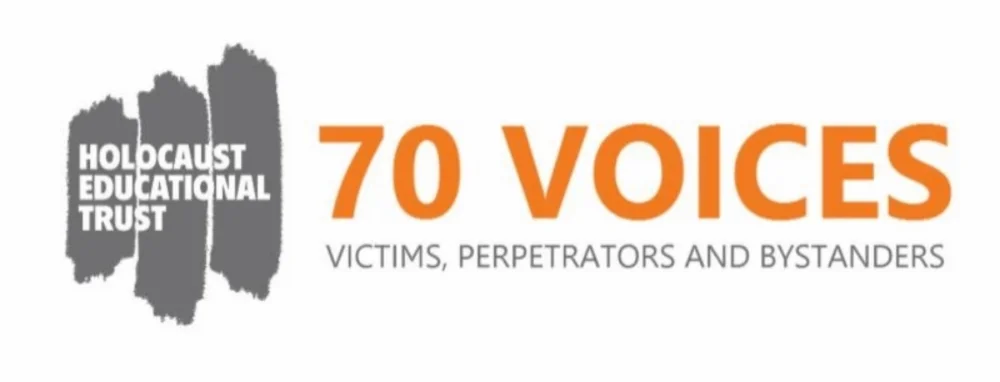The German invasion of the Soviet Union in June 1941 was a decisive moment in the evolution of the Holocaust. The German army was followed by SS killing squads known as Einsatzgruppen which immediately carried out mass shootings of Jewish men. From late summer onwards, the Einsatzgruppen began murdering entire Jewish communities – the map comes from an official summary of the murders carried out in the Baltic States and Belarus up to October 1941. The following extract is taken from a report of 1 December 1941 from Karl Jäger, commander of one unit, Einsatzkommando 3, which was based in Lithuania.
I can today confirm that the aim of solving the Jewish problem in Lithuania has been achieved by EK 3. In Lithuania there are no more Jews, apart from work Jews and their families. That is:
In Šiauliai ca. 4,500
In Kaunas ” 15,000
In Vilna ” 15,000
I wanted to bump off these work Jews and their families as well, but this provoked strong protests from the civilian administration and the army...
I consider that the Jewish actions are essentially concluded as far as EK 3 is concerned. The remaining work Jews and Jewesses are needed urgently and I can envisage that after the winter this workforce will be even more urgently needed. I am of the opinion that the sterilisation of the male work Jews should begin immediately to prevent reproduction. If a Jewess nevertheless becomes pregnant, she will be liquidated...
One can not imagine the joy, gratitude and enthusiasm which our measures triggered in the liberated and the population. We often had to use strong words to cool the enthusiasm of the women, children and men who tried, with tears in their eyes, to kiss our hands and feet.
Between July and November 1941, EK 3 had shot 137,346 people, all but 2,000 of whom were Jewish. Despite Jäger’s call for sterilisation, most of the remaining Jews in Lithuania were in fact shot in 1942 and 1943, either by German police units or by the Lithuanian nationalists whose reactions Jäger mentioned at the end of his report. By this time, Nazi policy had advanced from the murder of Jews in the occupied Soviet Union to the whole of Europe.
Map: Executions carried out by Einsatzgruppe A in the Baltic States and Belarus up to 15 October 1941; United States Holocaust Memorial Museum, courtesy of Thomas Wartenberg
Report: Institut für Zeitgeschichte

